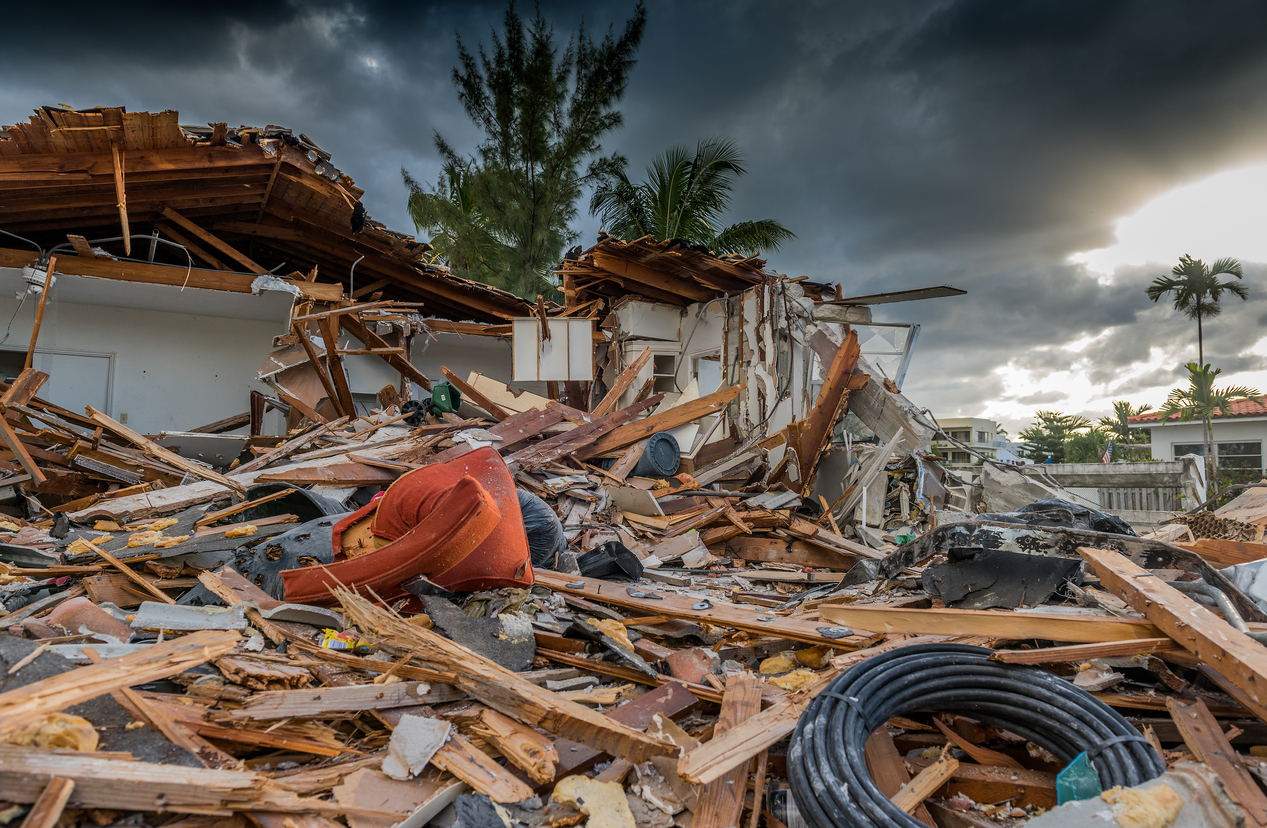According to JP Morgan, RMS provided a range of $53-74 billion, with an additional $10 billion in losses for the National Flood Insurance Programme due to storm surge and inland flooding.
It goes on to say that the scale of the event, using RMS's best estimate, would make it the most expensive loss of all time in absolute terms.
However, it is noted that Hurricane Katrina, adjusted for inflation, would have cost around $90 billion in 2021 dollars. As a result, JP Morgan believes it is reasonable to expect large loss or catastrophe loss budgets to be more than depleted in the third quarter.
"We base our Hurricane Ian estimates by company on a market share basis," the firm says. Because reinsurers' disclosure on various scenarios and exposure by region is limited, we accept that some of our estimates are a tool for estimating exposure rather than a more precise methodology.
"We anticipate the greatest impact on the largest reinsurers, Munich Re and Swiss Re, with the smallest impact in absolute terms at the Lloyd's names; however, this will depend on the protection purchased by the companies and individual exposures."
JP Morgan also notes that there have been significant macro movements in the quarter, with the 2-year US treasury yield rising 135 basis points since the beginning of Q3.
The firm accounts for this impact in its estimates, noting that for the vast majority of companies, it results in a further decrease in shareholders' equity. This results in additional unrealized losses for Beazley and Hiscox in the quarter, but an increase in earnings in 2023 due to higher yields.













